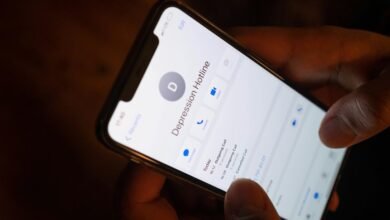Who Called Me From 3607250377, 3607567840, 3608686081, 3612047924, 3612233030, and 3612251285? Verify Now

Numerous individuals have reported receiving calls from the numbers 3607250377, 3607567840, 3608686081, 3612047924, 3612233030, and 3612251285. These calls warrant scrutiny, as their origins may indicate telemarketing or fraudulent intent. Utilizing caller ID applications and reverse lookup services can facilitate the identification process. Understanding the implications of these calls is vital, particularly in today’s communication landscape, where distinguishing between legitimate and malicious outreach is increasingly complex. What might these numbers reveal?
Identifying Unknown Callers: The Importance of Verification
How can individuals effectively identify unknown callers in an age of rampant telemarketing and potential scams?
Utilizing caller ID features provides initial insight but is often insufficient. Individuals should scrutinize unknown numbers by cross-referencing with databases or employing call-blocking apps.
This verification process enhances personal security, empowering users to discern legitimate communications from potential threats, thereby preserving their autonomy in an increasingly intrusive environment.
Tools and Resources for Caller Identification
While many individuals rely on basic caller ID features, a range of advanced tools and resources is available for more comprehensive caller identification.
Caller ID apps enhance identification capabilities by integrating user-generated data with public records.
Additionally, reverse lookup services allow users to input a number and retrieve associated information, empowering individuals to make informed decisions regarding incoming calls and safeguarding their privacy.
Common Scams and Telemarketing Trends to Watch Out For
As individuals increasingly utilize caller ID tools and resources to filter incoming calls, the prevalence of scams and telemarketing tactics has evolved, necessitating heightened awareness.
Current trends include impersonation scams and aggressive sales techniques that exploit urgency.
Enhanced scam awareness is crucial, as these telemarketing tactics often lead to financial loss or personal information breaches, underscoring the need for vigilance in communication practices.
Conclusion
In an era reminiscent of the Wild West, where every call could be a potential gold rush or a bandit’s trap, verifying unknown callers remains paramount. By leveraging advanced caller ID applications and reverse lookup services, individuals can adeptly navigate the treacherous landscape of modern communication. Proactively identifying these numbers not only safeguards personal security but also curtails the incessant barrage of telemarketing and scams, reinforcing the need for vigilance in an increasingly interconnected world.





